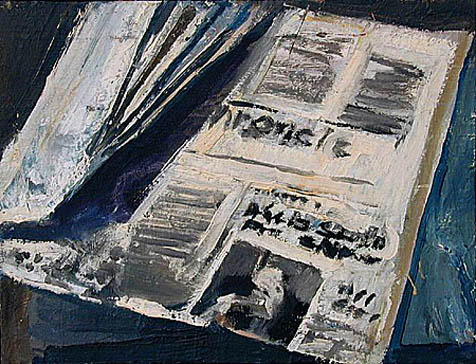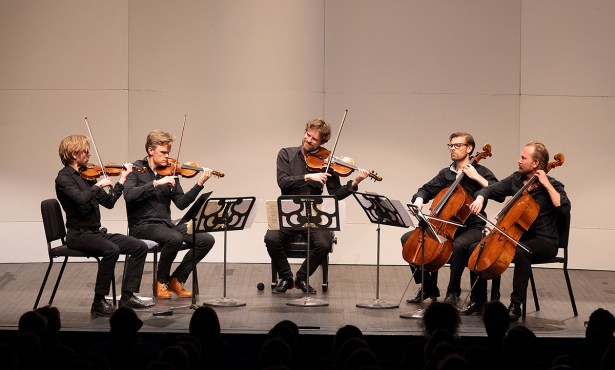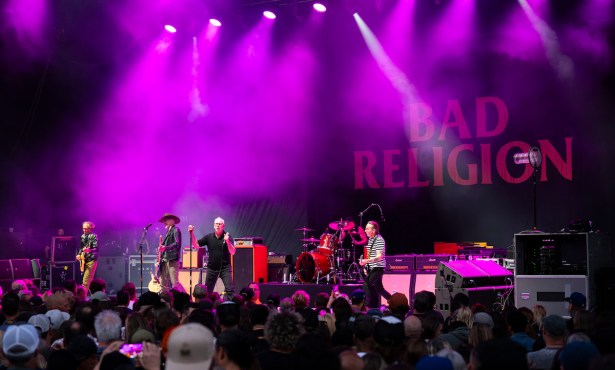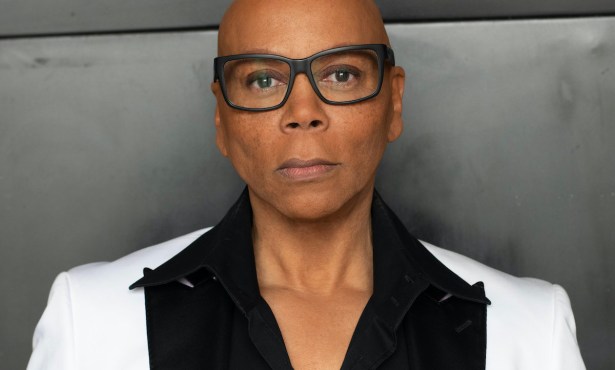1957
At Sullivan Goss, An American Gallery. Shows through November 25.

The point of departure for this varied and stimulating exhibition is the year 1957, a watershed in American history and culture. Gathering paintings and objects from far and wide, exhibition curator Jeremy Tessmer demonstrates a discerning eye; there is more than historical coincidence at work in his selection. Those familiar with the holdings of Sullivan Goss will find powerful work by old favorites alongside newcomers and big names. The anchors of the first room are a pair of larger, cubist-influenced paintings by Howard Warshaw and Channing Peake. Warshaw’s “Three Women” shows the artist at the pinnacle of his powers, effortlessly combining sophisticated cubist perspectives with the skilled draftsmanship of a Renaissance master. The subjects appear sorrowful, their hands covering their heads. The delicacy and inventiveness of the lines used to render these hands is in marked contrast to the blocky planes that structure their lower bodies, yet the constrained palette and strict compositional logic marry these disparate elements in a single, unified statement. Few artists have been so successful in making the visual rhetoric of Pablo Picasso their own.

In “Two Ropers,” Peake employs a similar, somewhat muted color scheme of blues, browns, and light pinks, but does so in the service of a very different subject and mood. His subjects are cowboys circa 1957-symbols of a way of life reaching the limit of its original, authentic existence. Peake employs cubism to break the picture plane and salvage their dynamism from the sentimentality of nostalgia.
Elsewhere, the subject matter turns to objects and situations more specific to the American cultural moment of 1957. A spectacular, small Richard Diebenkorn oil of a newspaper hangs next to Bruce McGaw’s colorful painting “Desktop With Typewriter,” reminding denizens of the post-digital era that the information revolution began with mechanical keyboard-driven devices like the one Allen Ginsberg used to compose “Howl,” or the one Jack Kerouac loaded with a long roll of paper to churn out the first draft of On the Road. Speaking of the road, it would be impossible not to notice the gorgeous red Aston Martin DB3 convertible in the center of the second gallery. Its dramatic styling continues to surpass virtually anything created in the 50 years since.



